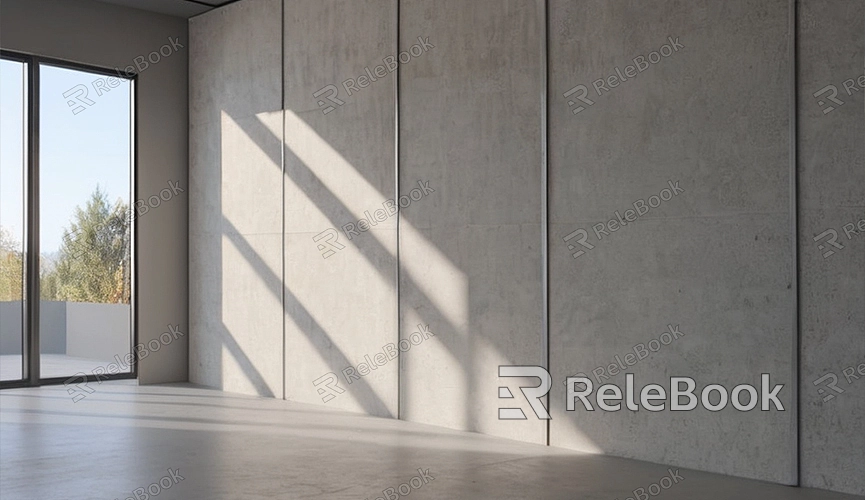How to Reduce Noise in Blender Cycles Render
When using Blender for 3D rendering, especially with the Cycles render engine, annoying noise often appears in the final render. This noise not only affects the quality of the image but also increases the workload in post-processing. This article will introduce how to reduce noise in Blender Cycles render and improve the rendering effect.
1. Increase the Number of Samples
Increasing the number of samples is the most direct way to reduce noise. In Blender's "Render Properties" panel, find the "Sampling" option. Increasing the number of "Render" samples usually results in less noise, although it will also increase render time. It's recommended to gradually increase the number of samples based on project needs and hardware configuration to find a balance between performance and quality.

2. Use the Denoising Feature
Blender has a powerful built-in denoising feature that can effectively reduce render noise. In the "Render Properties" panel, find the "Denoising" option and check to enable it. In Blender 2.81 and later versions, the OptiX denoiser provides faster and more efficient denoising but requires support from NVIDIA graphics cards.
3. Adjust Lighting Settings
Proper lighting settings can also significantly reduce noise. Using multiple light sources instead of a single light source can reduce noise in the shadows. Additionally, using area lights and environment lights can provide softer lighting effects, thereby reducing noise.
4. Optimize Light Path Tracing
In the "Render Properties" panel, find the "Light Paths" option. By adjusting the "Max Bounces" and "Clamp Direct/Indirect" parameters, you can optimize light path tracing to reduce noise. For instance, reducing the max bounces can decrease the complexity of light tracing, and clamping parameters can prevent noise from bright areas.
5. Optimize Materials and Textures
Complex materials and textures increase render computation, leading to more noise. Using simpler materials or pre-baked textures can reduce computation and thus reduce noise. Additionally, using "Diffuse BSDF" instead of "Glossy BSDF" and minimizing the use of transparent materials and subsurface scattering (SSS) can effectively reduce noise.
6. Adjust Render Resolution
Lowering the render resolution can reduce the computation per pixel, thus reducing noise. However, reducing the resolution will also affect image quality. Therefore, you can use low-resolution renders during testing and debugging phases and increase the resolution for the final render.
7. Use Render Layers and Compositor Nodes
In Blender, using render layers and compositor nodes allows you to separate different rendering elements for individual processing and denoising. For example, you can render the background, foreground, and reflections separately, apply denoising to each, and then combine them into the final image. Although complex, this method can significantly improve image quality.
8. Post-Processing
Even with optimized rendering, post-processing remains an important step in reducing noise. Using image editing software (such as Photoshop or GIMP) or Blender's built-in compositor can further denoise and optimize the image.
Reducing noise in Blender Cycles render requires optimization from multiple aspects, including increasing the number of samples, using denoising features, adjusting lighting settings, optimizing materials and textures, adjusting render resolution, using render layers and compositor nodes, and post-processing. If you need high-quality 3D textures, HDRIs, or 3D models while creating models and virtual scenes, you can download them from Relebook. Once downloaded, you can directly import the textures and 3D models into your project for use.

